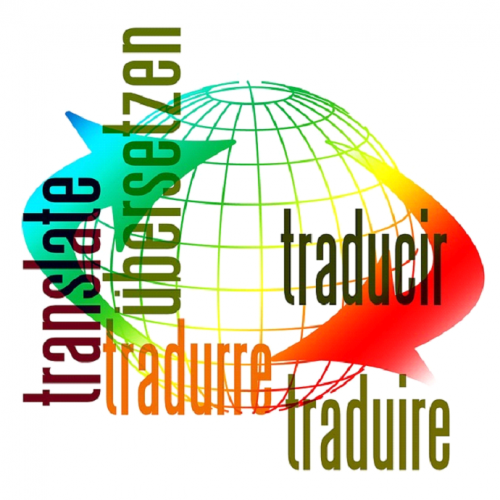By Sarah-Claire Jordan
 Translation is a hugely important tool and service, especially in this day and age of globalization. Here are ten different facts about translation that you may not have known:
Translation is a hugely important tool and service, especially in this day and age of globalization. Here are ten different facts about translation that you may not have known:
1. When a text is being translated into English for the international market, it is referred to by translators as “World English” or sometimes “Global English”.
2. The World English Bible has been translated into many languages, but probably the most interesting would be the Klingon translation, with “Daq tagh joH’a’ chenmoHta’ chal je tera” being the name in Klingon.
3. English is the most common source language for translation in the world, but not far behind are French, German, Russian, and Italian. The most common target languages are German, French, Japanese, Spanish, and English.
4. NESCO’s Index Translationum, a bibliography of every translated work in the world, lists William Shakespeare, Agatha Christie, and Jules Verne as the writers with the most translations of their work.
5. Not surprisingly, the book that has been translated the most in the world is the Bible, but the runner-up is Pinocchio, a rather odd choice. The most widely-translated document is the United Nation’s Declaration of Human Rights, which has been translated and published in 300 different languages.
6. The word “translation” comes from the Latin word “translatio”, which, like most Latin words, sounds like a Harry Potter spell. The Latin word means “a carrying/bringing across”. Of course, without the context that it relates to language, this sounds like it could be used for anything, but now it has come mainly to mean the “bringing across” of words from one language to another. The term is also used in biology to describe the process of ribosomes creating proteins.
7. One of the most important artefacts related to translation and linguistics in general is the Rosetta Stone, which is a stone slab that was probably used as a marker or sign inside an Egyptian temple. It is inscribed with some sort of decree that was issued by King Ptolemy V in Memphis, Egypt in 196 BC. The decree was in, from top to bottom, Ancient Egyptian hieroglyphs, Demotic, and then Ancient Greek. The discovery of the Rosetta Stone proved to be monumental in terms of linguists being able to crack the code of Ancient Egyptian hieroglyphs a bit more.
8. Right now, there are more than seven billion people in the world who speak around seven thousand languages. Around 330,000 professional translators are working around the world as you read this to help all of these people share information and communicate better.
9. People have been trying to perfect the process of machine translation since the 1940s, when it first became obvious that translating was a long and tedious process. We still haven’t been able to create a machine translation program that can completely replace human translators, but in the process many computer-assisted translation programs have been created that have made the process much easier for professional translators.
10. Gabriel García Márquez had such an excellent English translator that he actually ended up preferring the English translation of his famous book, One Hundred Years of Solitude.




